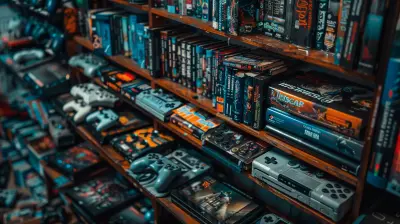Building a Fractal World: How to Develop Micro and Macro Details in Game Design
20 July 2025
Game design isn’t just about mechanics or graphics—it’s about creating an experience that feels alive. Whether you're designing a sprawling fantasy RPG, a cozy farming sim, or a sci-fi universe teeming with alien tech, one thing remains true: world-building matters.
Now, if you've ever stared at a blank world map and thought, "Where do I even start?", you're definitely not alone. Building a game world from scratch can feel like sculpting a mountain from a grain of sand. But here's the cool part—just like in nature, the most immersive game worlds follow a pattern. A fractal pattern.
Let’s break down how to build game worlds that feel rich, interconnected, and infinitely explorable by mastering both micro and macro details. Ready? Let’s dive in.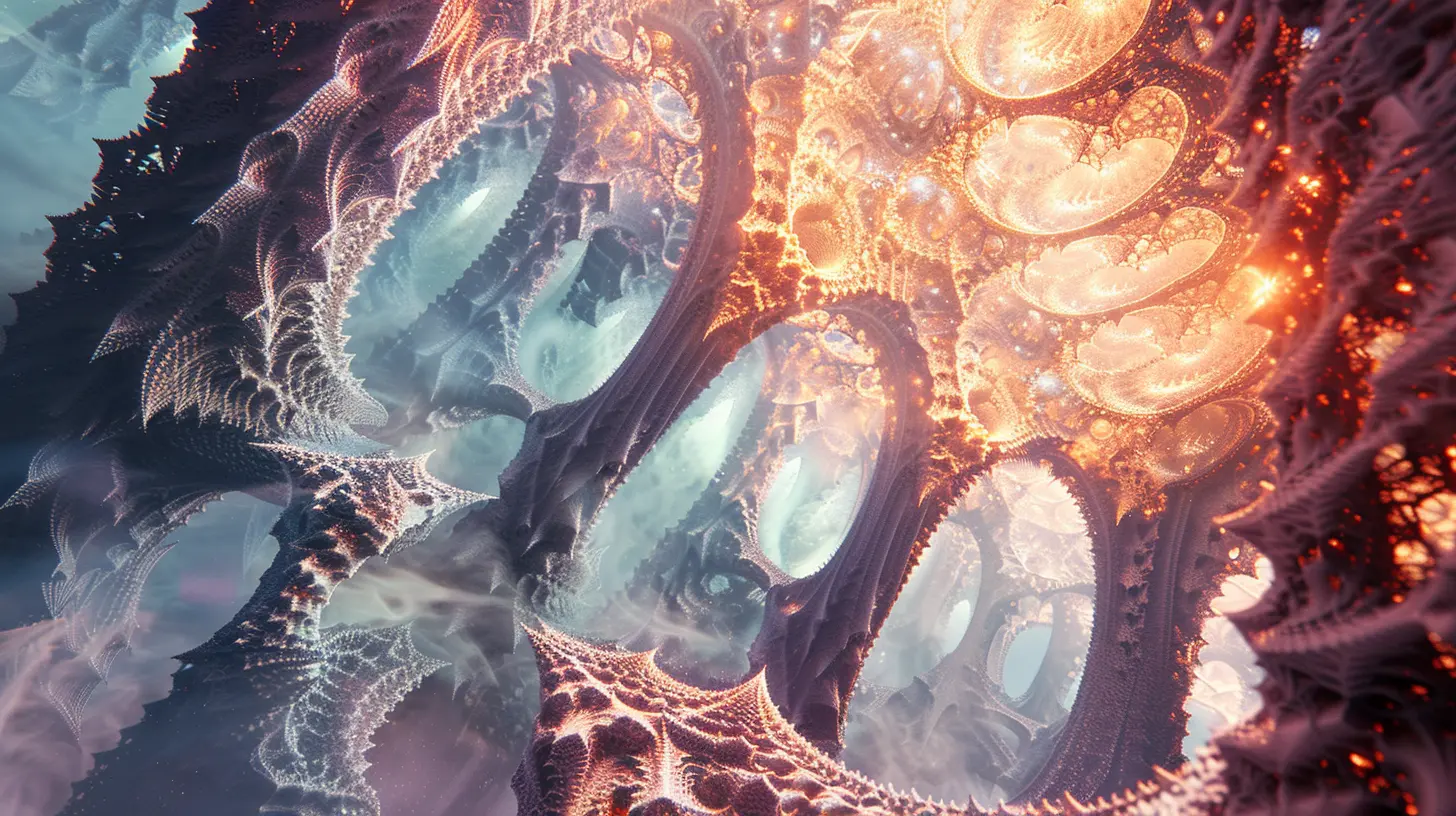
What the Heck is a Fractal World Anyway?
Don't worry, we’re not getting into wild math territory here. In simple terms, a “fractal” is a repeating pattern that shows up at every scale. Zoom in or zoom out, and you’ll still see the same complexity—just in a different flavor.Now imagine this concept applied to game design:
- Macro Detail: The big stuff. Your world’s lore, continents, factions, and major story arcs.
- Micro Detail: The little, easily-missed stuff. Like a local tavern's menu, the graffiti on a wall, or a villager’s random side quest.
When both levels talk to each other and feel part of the same narrative, that’s when a fractal world comes to life. It’s like having a universe where every bush, rock, or NPC tells a small part of a bigger story.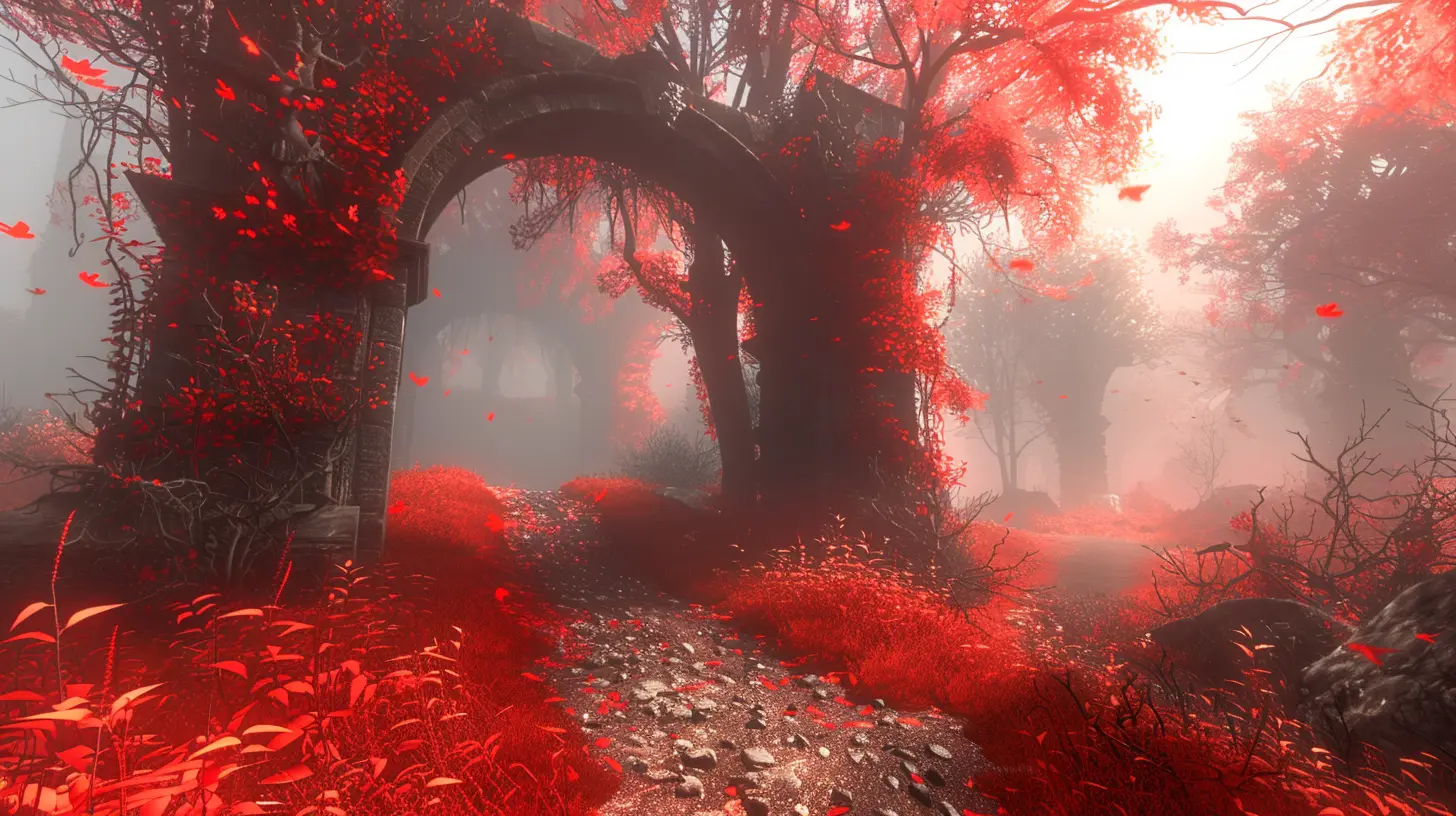
Why Detail (Big and Small) Makes or Breaks Immersion
Most players might not consciously notice micro-details—but they absolutely feel them. Ever wandered into a quiet corner of a game and stumbled on a hand-written letter that hints at a local tragedy or romance? That’s micro-detail magic.Macro design gives your world structure. Micro design gives it soul.
If macro details are like the skeleton of your game world, micro details are the heartbeat. Together, they give your players a sense of place. And that, my friend, is the fast track to immersion.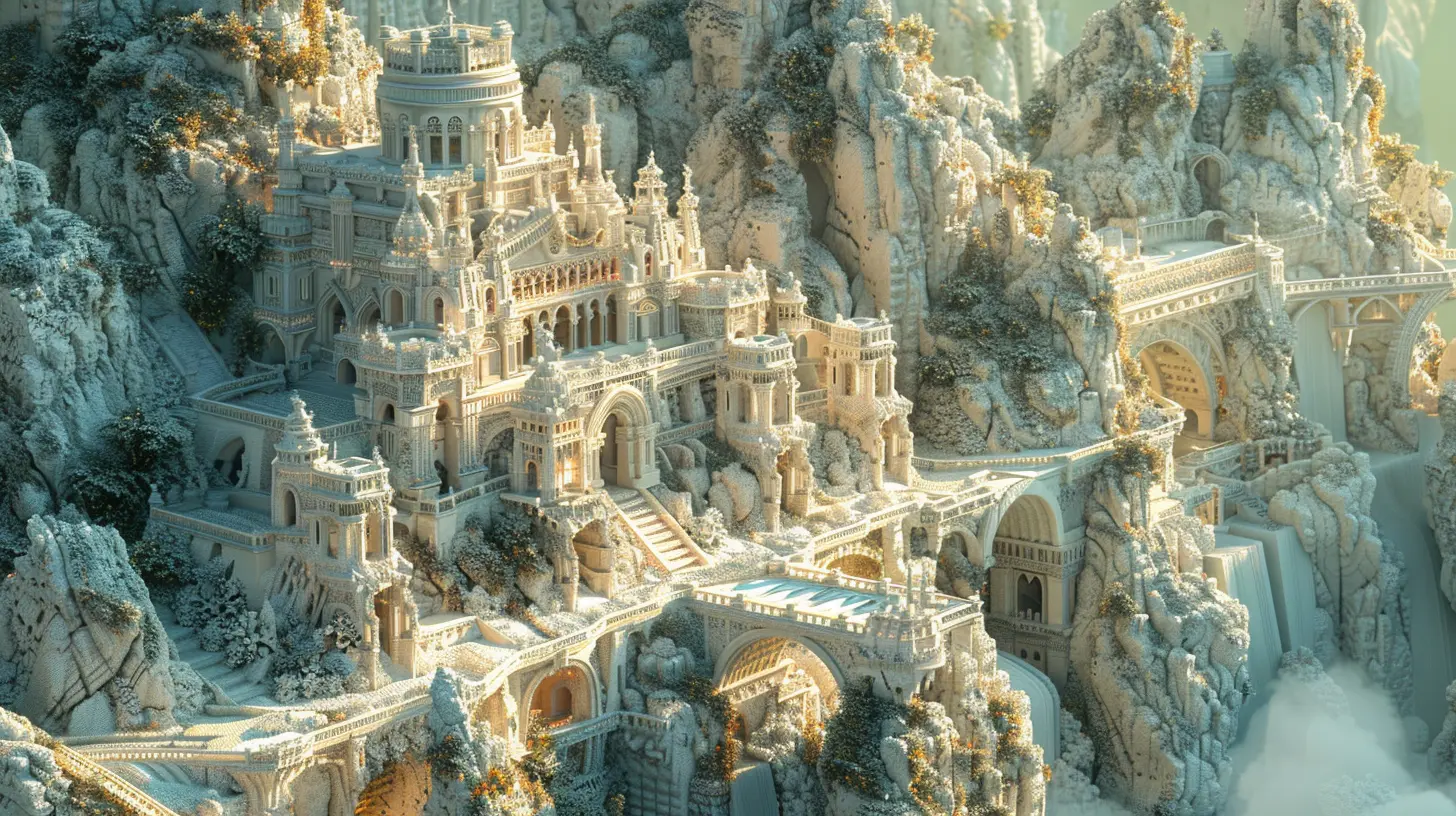
Start Big: Building the Macro World
Macro world-building is your first stop. Think of it as setting the table before the feast.1. Define the Core Theme and Tone
Is your world dark and gritty, like Dark Souls, or whimsical and lighthearted like Stardew Valley? Your tone will shape everything—from visual aesthetics to NPC dialogue.Ask yourself:
- What kind of emotions do I want players to feel?
- Is this a hopeful world or a broken one?
- What are the central conflicts?
2. Create a Memorable World Map
You don’t have to be Tolkien, but sketching a rough map helps ground your ideas.- Split your world into distinct biomes or zones.
- Add political borders, key cities, and natural landmarks.
- Think about how geography affects culture, travel, and economy.
3. Establish Factions and Histories
A world without history is just a pretty backdrop. Flesh out:- Kingdoms, factions, guilds, or corporations.
- Historical events that shaped the present.
- Legendary figures, myths, and turning points.
Pro tip: Keep a timeline. It helps prevent future plot holes and adds depth without overwhelming your player.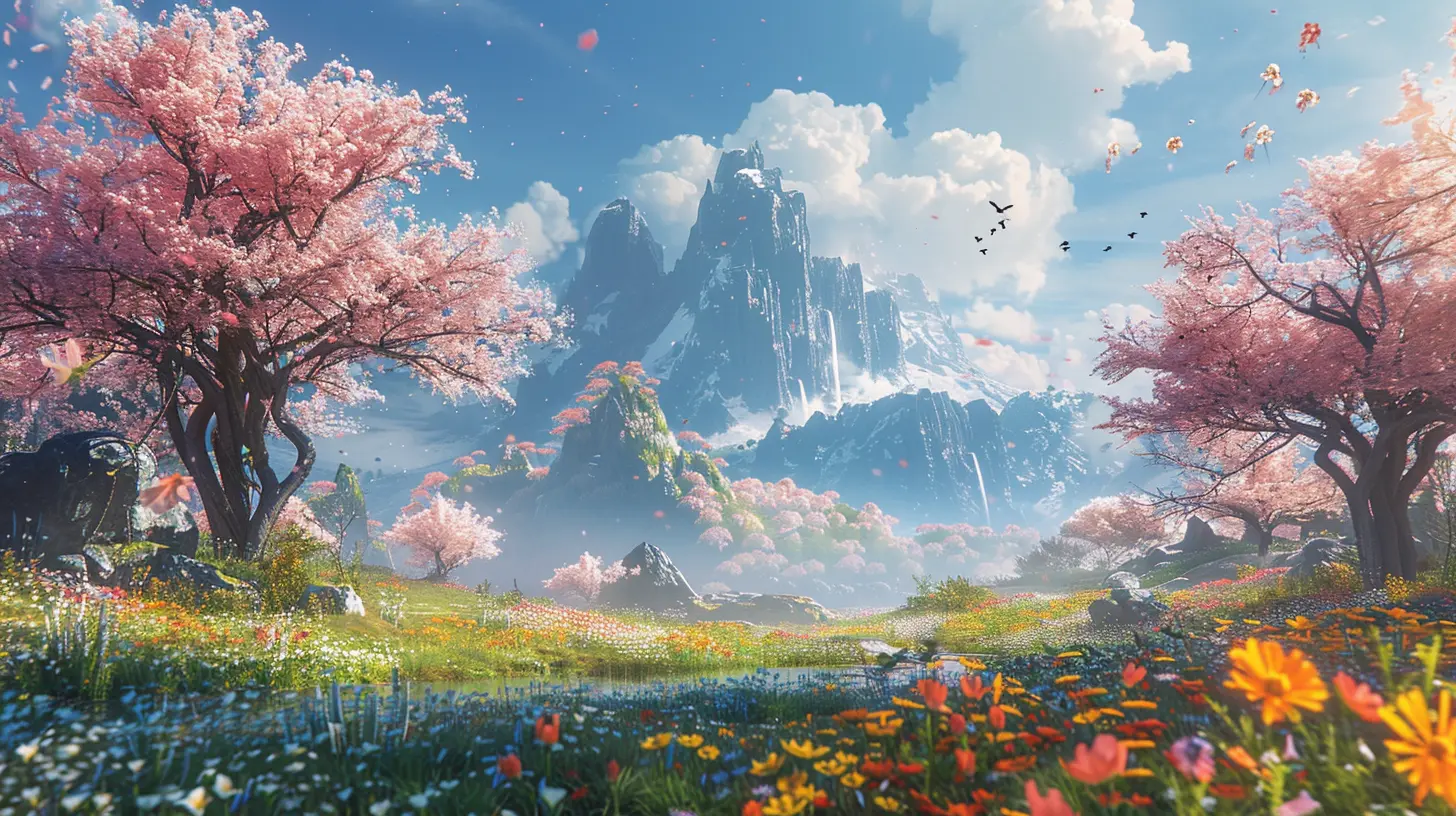
Now Zoom In: Micro-Level Details That Matter
Once you’ve got your framework, it’s time to bring the world to life. Micro details are where your world breathes.1. Deepen Cultures with Everyday Life
Don’t just focus on kings and generals—what about bakers, street performers, or blacksmiths?Add flavor like:
- Local food dishes and drinks.
- Folk songs and street games.
- Seasonal festivals and local gossip.
These things might never be “central” to the game’s plot, but they anchor the world in reality. Think of them as seasoning in your storytelling stew.
2. Use Environmental Storytelling
“Show, don’t tell” is golden advice in game design too.Instead of lore dumps, use:
- Posters on walls.
- Broken swords near skeletons.
- Statues with missing pieces.
These tiny touches whisper stories to players who are curious enough to look. They reward exploration and make the world feel lived-in.
3. Layer Dialogue With Personality
One of the easiest ways to nail micro detail is through NPC dialogue.Instead of generic lines like “Good day, traveler!”, give your characters quirks:
- “Make sure you don’t step on my cabbages again!”
- “They say the moon's been watching lately... creepy, huh?”
You’re not writing Shakespeare here. Just sprinkle in flavor and fun.
Creating a Feedback Loop Between Micro and Macro
Here’s where the real magic happens: connecting the dots.Your micro and macro details shouldn’t exist in isolation. The joke a merchant tells or the language an NPC uses can reflect the larger world around them. When micro elements hint at macro context—and vice versa—you create a layered experience that feels real.
Example:
Let’s say your world has a centuries-old war between elves and dwarves (macro). Deep in a human city, a child’s drawing stuck on a wall shows stick figures fighting with the words “Stop the war!” (micro). That’s a fractal detail.Each layer reflects the larger world. Each small story echoes the bigger narrative.
Procedural Generation vs. Handcrafted Worlds
You might wonder—can you even do all this with procedural generation?Yes—but carefully.
Procedural generation excels at creating scale, but it struggles with emotional storytelling. That’s why hybrid approaches work best:
- Use procedural tools for layout and visuals.
- Handcraft story-rich zones, items, and characters.
- Sprinkle hand-written micro-details to breathe life into the auto-generated framework.
Games like No Man’s Sky and Minecraft shine when players find human-feeling elements in algorithm-created worlds. It’s the contrast that makes it pop.
Tools and Tricks for Fractal World-Building
Alright, you’re on board with fractal design. But how do you practically build it?World-Building Tools
- World Anvil or Notion for organizing lore (timelines, cities, factions).- Wonderdraft or Inkarnate for beautiful maps.
- Twine or Articy: Draft for branching stories and character paths.
Writing Tips
- Roleplay your NPCs. Write internal monologues for them—even if they’re never used.- Think in layers. For every major location, write 3–5 minor details.
- Eat the world. Study history, anthropology, architecture, and folklore from the real world.
When to Stop Adding Detail
Let’s be real—you can’t (and shouldn’t) detail every rock.Use a rule of thumb: Focus more detail where the player spends more time. Major cities? Rich detail. Tiny cave they visit once? A few flavorful touches will do.
Let your player’s curiosity guide your effort. If they stop to explore a tavern—reward them. If they run past a field, don’t sweat the missing backstory of every blade of grass.
The Emotional ROI of Detail
At the end of the day, players remember how your game made them feel. A fractal world works because it provides a sense of discovery at every level.It tells your player: “You’re not just playing a game. You’re living in a world.”
And that’s what makes for unforgettable experiences.
Final Thoughts: Design Like a Microscope and a Telescope
Designing a fractal world is like using both a microscope and a telescope. Zoom out to see your world’s vastness, but don’t forget to zoom in and catch the glint in a villager’s eye or the forgotten relic in the attic.The trick? Keep it interconnected. Let your macro structure inform the micro details, and vice versa. That way, no matter where or how a player explores, they'll keep discovering new nuggets of story, meaning, and wonder.
So grab your notebook (or open that world-building app), and start crafting a universe that feels deep, cohesive, and alive.
Build fractally—and your game will stick with people long after the credits roll.
all images in this post were generated using AI tools
Category:
World BuildingAuthor:

Emery Larsen
Discussion
rate this article
2 comments
Xylo McNaughton
This article beautifully captures the essence of balancing micro and macro details in game design. I appreciate the insights shared and how they inspire us to create immersive experiences. Thank you for such a thoughtful read!
November 10, 2025 at 3:32 AM

Emery Larsen
Thank you for your kind words! I'm glad you found the insights valuable for creating immersive experiences. Happy designing!
Murphy Blair
Building a fractal world sounds fancy, but let’s be real: if my character can’t find a decent sandwich in all that detail, what’s the point? Let’s prioritize micro sandwiches in our macro designs, folks! Game on!
August 1, 2025 at 3:52 AM

Emery Larsen
Absolutely! Balancing intricate world-building with practical elements, like a good sandwich, is key to creating an immersive experience. Let's ensure players can enjoy both the macro and the micro!
